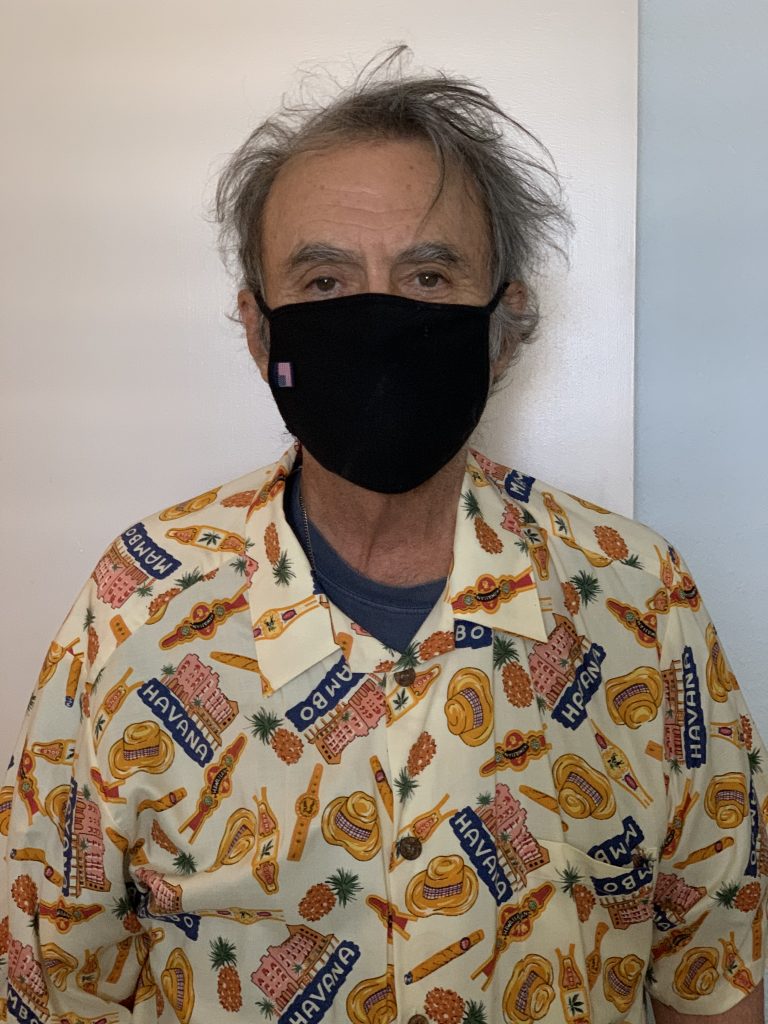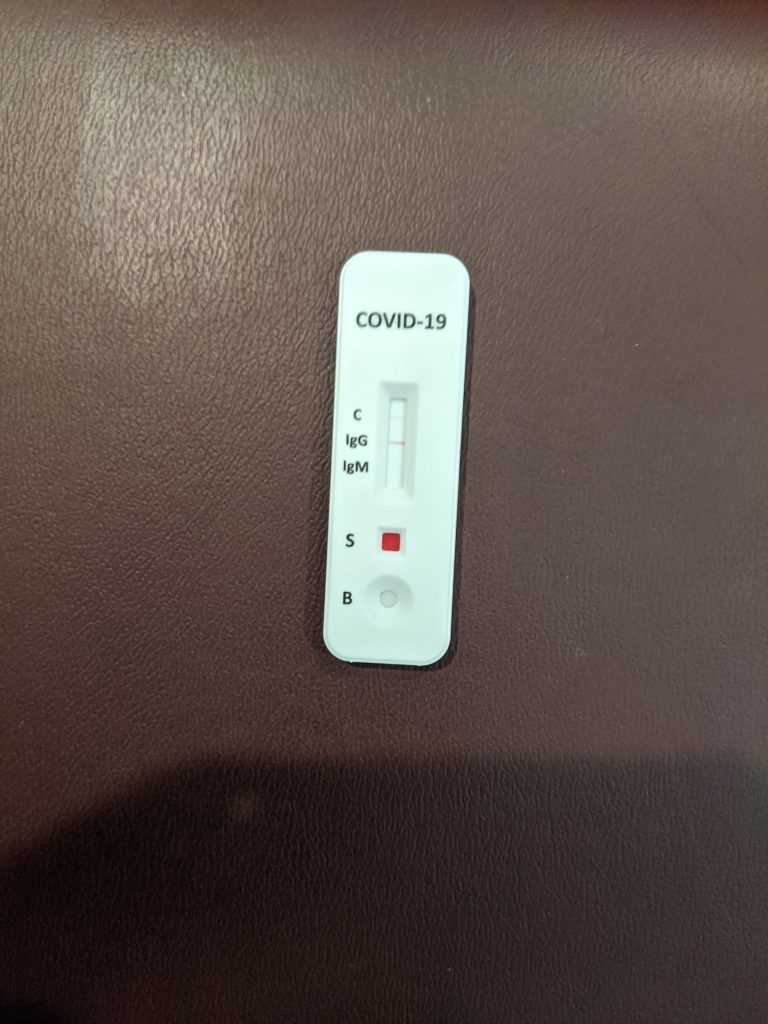The Return of Business Travel…Well, Maybe Not

By Robert McGarvey
Ask Chip Rogers, CEO of the American Hotel and Lodging Association, when business travel will rebound and what he tells reporters is that a year from now it will be at 70% of normal, assuming a best case scenario.
He does not expect large meetings, conferences, conventions to rebound to more than 50% before early next year.
Color me skeptical, on both scores.
Color me deeply skeptical that it makes any sense whatsoever to assume a best case scenario when the White House’s handling of the corona virus has been about as bad as any dystopian novelist could have imagined on an especially dour day. There is no reason to expect it to improve, if only because the White House is heavily invested in downplaying the crisis. That’s no way to succeed with a health emergency and it won’t work this time.
When I talk with business travel experts – including industry senior executives – they always tell me that business travel will return, including large meetings, when a vaccine is available and has been widely distributed. Yes, there is good news out of Oxford University in this regard. But don’t be too hasty to hold celebrations. Prof. Sarah Gilbert, from the University of Oxford, told the BBC: “There is still much work to be done before we can confirm if our vaccine will help manage the Covid-19 pandemic, but these early results hold promise.”
What early Oxford research is showing is that their vaccine is safe enough to administer to people. So far, so good.
What the research has not yet shown is if the vaccine can prevent people from getting sick with the virus or spreading it.
Assuming all goes well, even the Professor Panglosses among us acknowledge it will be early 2021 at the very soonest before there is wide availability of the vaccine. So don’t expect a rush to resume business travel and definitely not large meetings and conferences. According to trade publisher Northstar, “Just four weeks ago, 40 percent of meeting planners expected to hold rescheduled events during this calendar year, according to the Pulse Survey’s June 17 findings. With increasing uncertainty and rapidly rising COVID-19 cases in the U.S., that number has declined to 25 percent, per the latest results. More than half (56 percent) are now eyeing the first half of 2021 as the earliest time frame for rescheduled meetings, while 17 percent are pushing dates into the latter half of 2021 or beyond.”
The logistics of shoving out hundreds of millions of doses of a new vaccine just in the US – billions worldwide – are daunting. Smart money is betting that Q3 2021 is when vaccines will be plentiful. Sooner may happen but it just is not a realistic prediction.
The big, ugly fly in this ointment is that unknown but probably large numbers of us will refuse to get vaccinated. The anti-vaxxer movement has not taken a holiday in the age of corona virus. A recent poll found that 70% of us said sure, they’d get vaccinated. 15% said definitely not. Another 12% said probably not. And 2% had no opinion.
An AP poll produced an even more disconcerting number: just 1 in 2 of us said sign me up for a vaccine. The AP added: “The new poll from The Associated Press-NORC Center for Public Affairs Research found 31% simply weren’t sure if they’d get vaccinated. Another 1 in 5 said they’d refuse.”
Either way, there are a lot of hardcore anti-vaxxers: 1 in every 4 or 5 of us. That means one in every four or five people on the plane you climb aboard may have abstained, one in four or five around the convention lunch table may have said no thanks, one in four or five at the happy hour may be ready to swill free wine but unwilling to get vaccinated.
And you will have no way of knowing because I’d say it is highly unlikely that we will see airlines and meeting organizers and conference hosts requiring a vaccination certificate before granting entry.
In a country that cannot mandate wearing face masks in indoor public setting such as stores there is no reason to expect a federal mandate that thou shall get vaccinated unless there is a compelling and provable health reason not to. There will be no mandate.
Which means 20 to 25% of us just won’t bother with the vaccine, which will keep the disease flourishing for some time and, again, nobody presently knows what immunity the vaccine will in fact deliver just as nobody knows what immunity having had the disease and survived is gained.
One third of the world’s population fell ill in the 1918-19 flu pandemic, about 500 million people. Maybe 50 million died.
We have many millions of sicknesses ahead of us, many tens of thousands of additional deaths in the US alone.
Whatever slim optimism I once had that business travel would rebound soon is on hold. Ask me in Q3 2021 if you should start thinking about business travel in general and large meetings in particular. Until then, put the carryon bag in storage, stop checking loyalty status in travel programs, and learn to love Zoom because it is how we will be getting around for many more months to come.
